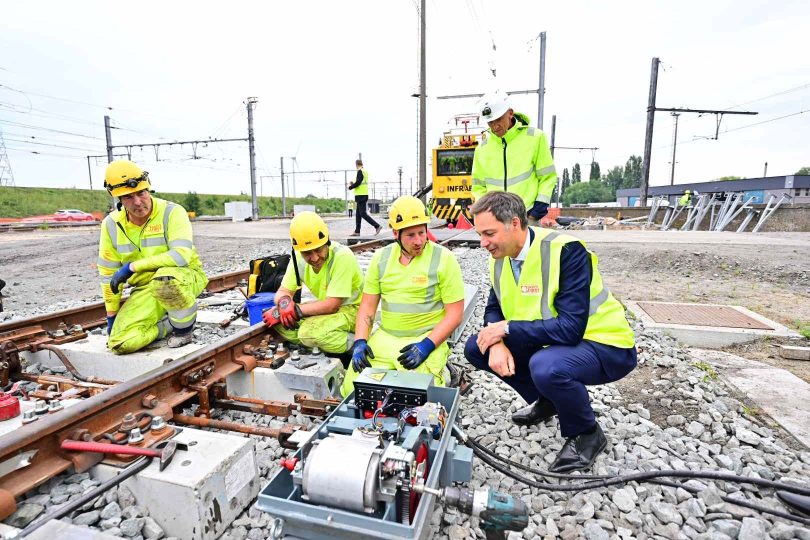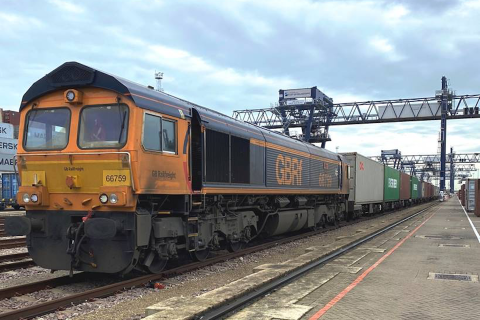Rail investments in Ghent’s part of North Sea Port continue strong

The port of Ghent, part of the broader North Sea Port complex in Belgium, experiences a boom in rail investments. The Belgian government and Infrabel, the country’s infrastructure manager, are on a mission to renew existing rail infrastructure and build new to accommodate the growth of rail connections to and from the port.
The rail projects at Ghent compile two different focus areas. The first is the upgrade of rail infrastructure at the Zeehaven marshalling yard, while the second is the improvement of rail connectivity for industrial sites in the port’s area. “Without this infrastructure, rail freight transport in the Ghent part of the North Sea Port is virtually paralysed”, said Infrabel underlying the significance of these two projects.
Zeehaven, the port’s backbone
“With almost 60 tracks, the Ghent-Zeehaven marshalling yard is the logistical hub for the port. Freight trains arrive here, depart again, are assembled, and switch between electric and diesel locomotives when necessary”, stressed Infrabel.
The Belgian IM started implementing some upgrade projects in the marshalling yard in 2019. The marshalling yard consists of three track bundles-D, E, and G. The upgrade project focuses on bundle D, which has three tracks. The goal is to extend the two tracks to receive freight trains up to 750 metres long.

“At the end of May 2022, we will complete the tracks’ extension, and trains can start using them. These longer tracks have been high on the wish list of the port and our customers for some time”, said Infrabel. In addition, the IM has done more work in Zeehaven’s Bundle D. “We have installed 23 new switches, renovated the existing tracks and sleepers and modernised the signalling and overhead wires. The total investment in Bundle D amounts to 7,4 million euros”.
Industrial sidings equally important
As Infrabel stressed, its number one priority apart from a sustainable modal shift is to make its customers happy and assist them in using rail freight more. As a result, investments in Ghent also focus on facilitating access to and from industrial sites located inside the port. Specifically, works concern three companies-Disteel, a subsidiary of ArcelorMittal, EOC (chemistry and latex products) and TWZ (tank cleaning).
In Wondelgelm, the industrial railway line L216 is currently undergoing a renovation that started last October and will finish this July. This line concerns Disteel, which receives a freight train with steel beams from Luxembourg every day. “These products are further processed and sent to large industrial customers and other construction contractors. This is not possible without this rail connection. So it is literally a lifeline”, explained Infrabel.
On the other hand, Infrabel renewed 4,3 kilometres of tracks, three switches and a level crossing on the industrial siding L217 in Evergem that serves companies EOC and TWZ.
“EOC receives one of the main ingredients to make latex only by rail. Without this rail connection, the company would find it difficult to carry out its activities. The same story goes for TWZ. This company is responsible for, among other things, the internal cleaning of rail cars. And, of course, you need a connection to the rail network for that”, said Infrabel.
Also read:
You just read one of our premium articles free of charge
Want full access? Take advantage of our exclusive offer





Hopefully now any investments contribute for the requested, prove resilient, thus safefully allow, for future new demands, by rapid development (the new existing).
For added market share of freight, now capacity of lines has to be added. Utilisation has to be raised, etc.